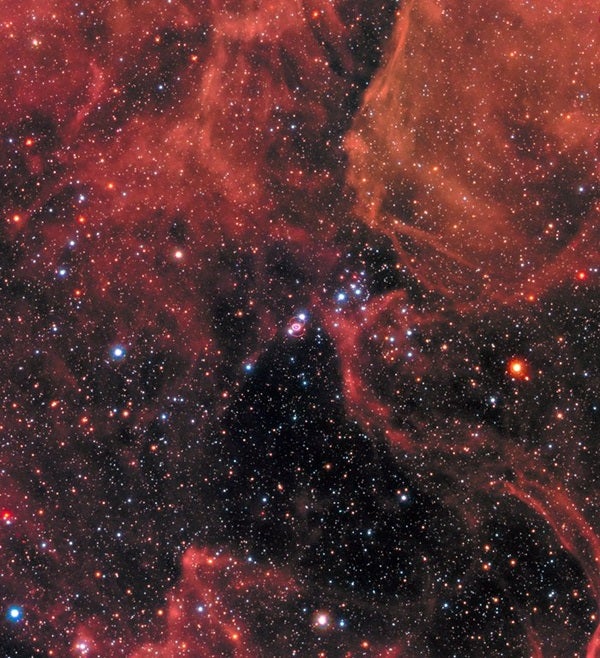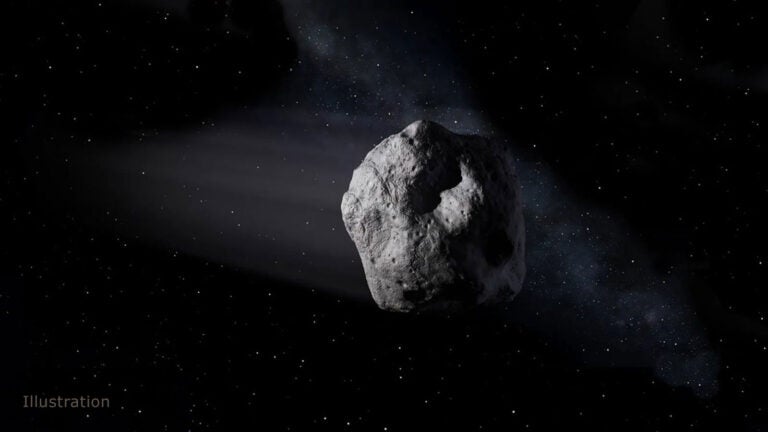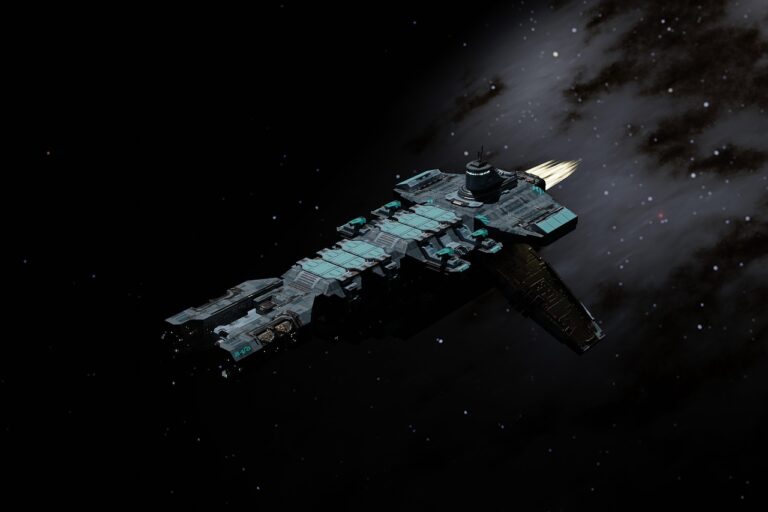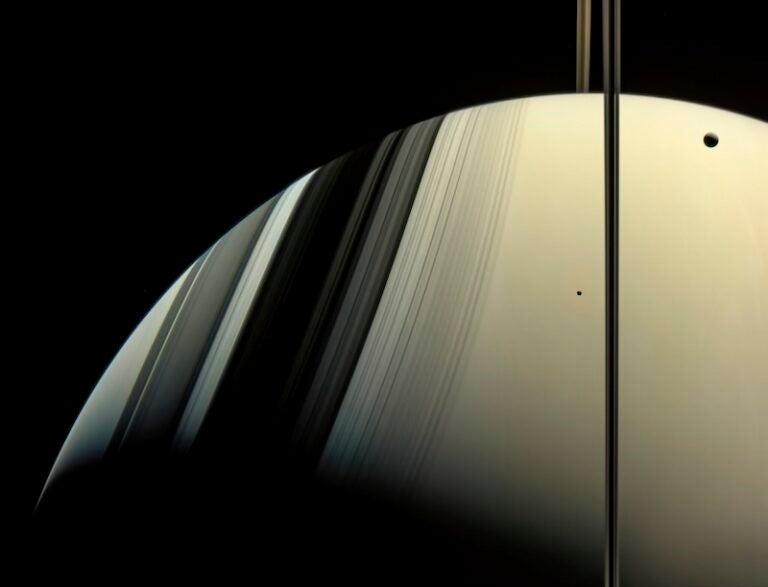On the night of February 23, 1987, the first light reached Earth from the death of a massive star in the nearby Large Magellanic Cloud (LMC). For those in the Southern Hemisphere, a new star appeared in the sky and remained visible to the naked eye for months, peaking in brightness in May of that year before it faded from view. Dubbed SN 1987A, this event occurred a mere 166,000 light-years away and provided astronomers with unparalleled insight into the end stages of massive stars. In celebration of the 30th anniversary of this event, NASA is releasing new images and information about SN 1987A.
SN 1987A has greatly furthered our understanding of the supernova process and the stages that both precede and follow it. In a press release, Robert Kirshner of the Harvard-Smithsonian Center for Astrophysics and the Gordon and Betty Moore Foundation explained, “The 30 years’ worth of observations of SN 1987A are important because they provide insight into the last stages of stellar evolution.”
Thirty years ago, astronomers’ understanding of supernovae was limited at best, simply because no nearby events had been observed with any appreciable resolution. But SN 1987A is located in the Tarantula Nebula of the Milky Way’s satellite galaxy, the LMC, and was the brightest supernova visible from Earth since 1604. Although ground-based telescopes were only able to resolve the resulting remnant as a small blob, the Hubble Space Telescope (HST) began taking high-resolution images of SN 1987A in 1990, revealing in detail the structure surrounding this former star.
Astronomers have continued to image SN 1987A in great detail with HST and other telescopes over the years, including the Chandra X-ray Observatory and, more recently, the Atacama Large Millimeter/submillimeter Array (ALMA). These images have revealed a ring-like structure around the supernova’s progenitor star that was ejected from the star 20,000 years before its explosive death. Not only is there a main ring surrounding the supernova remnant, but two outer rings as well that give the object an hourglass shape.
The rings have been illuminated more than once — first, by the light from the initial supernova explosion, and then again several years later, in 2001, as slower-moving shock waves caused by the explosion finally reached the distance of the rings. By observing the rings over time in various wavelengths of light, astronomers have been able to draw a clearer picture of the composition and structure of the gas surrounding the once-18-solar mass star. In turn, the characteristics of this structure will shed light on the late stages of this star’s life before it exploded.
But for all that we’ve learned about SN 1987A, there’s still a lot we don’t know. For example, two hours before the optical light from the supernova was first seen, neutrino detectors deep underground in Japan and the United States registered a wave of neutrinos from the star. These detections point to the formation of a compact object, either a neutron star or black hole, as the star exploded. At 18-20 times the mass of the sun, the star that created SN 1987A could have left either option behind. But thus far, astronomers have not been able to find either object at the center of the remnant.
NASA is hosting extensive new material commemorating this anniversary, including a 3-D movie, a time-lapse video, and even instructions for printing your own 3-D model of the remnant as it appears today. Much of this material is based on work led by Salvatore Orlando at INAF-Osservatorio Astronomico di Palermo, Italy.










